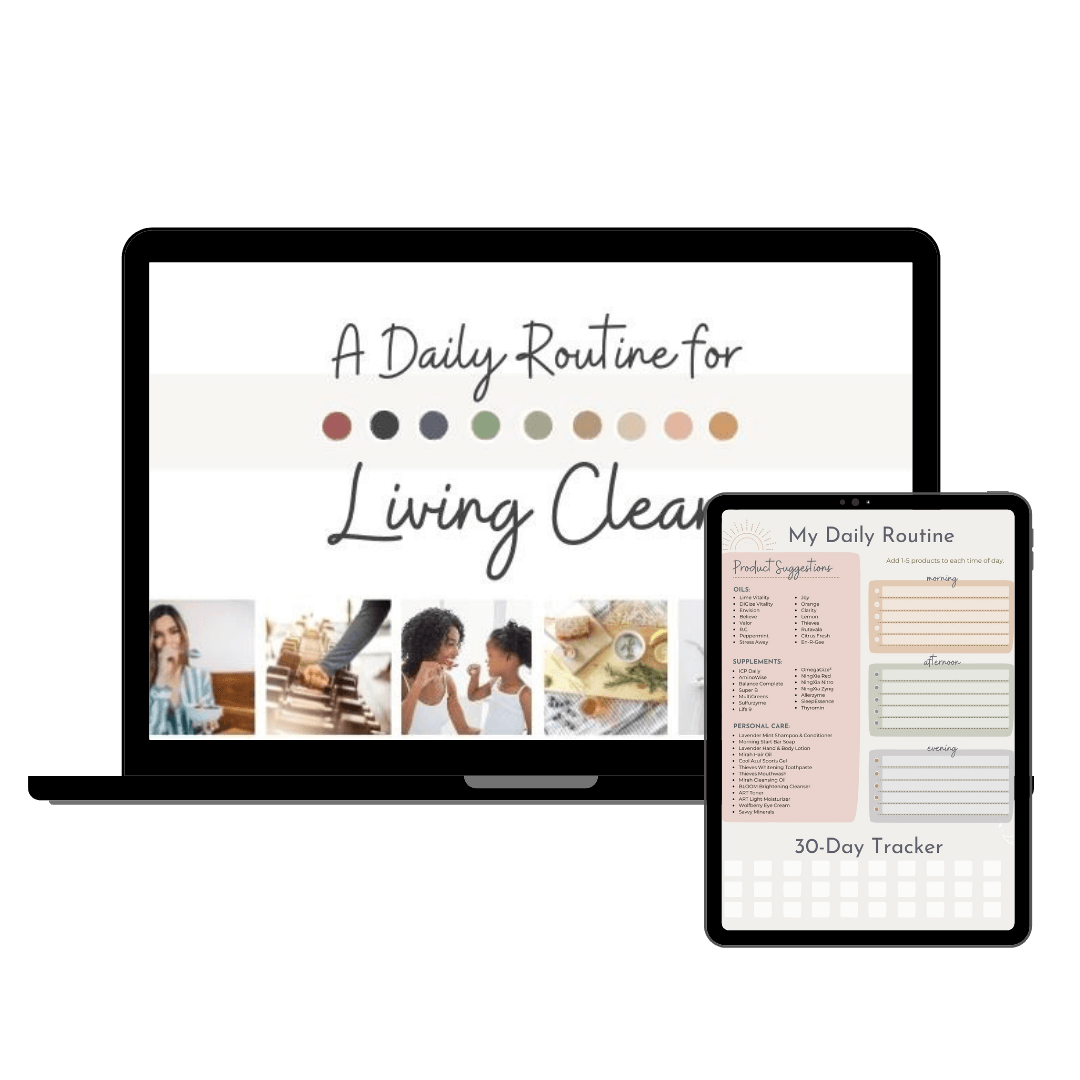
Turns out, that heart-to-heart with your bestie is basically brain medicine.
I saw this meme the other day claiming that when women vent to each other, it actually helps us lower cortisol, boost serotonin, and build stronger neural pathways. At first, I laughed and thought, Well that explains a lot. Then I did a little digging—and guess what? That meme wasn’t just internet fluff. It was onto something.
Down in this mini rabbit hole, I'm finding that having a good old-fashioned vent session with a trusted friend isn’t just emotionally satisfying—it’s biologically good for you. Like, science-backed, hormone-balancing, brain-strengthening good.
I’m not saying we should ditch the natural wellness products I'm always talking about or give up on mindfulness or any other intentional forms of self care. But if all it takes to reset my nervous system is a trusted friend and permission to be fully unfiltered for a few minutes?
Sign. Me. Up.

The Hormone Boost You Didn’t Know You Were Getting
So here’s the deal: when you’re stressed, your body pumps out cortisol, the big bad wolf of stress hormones. It’s helpful in small doses (think: fight or flight response), but too much cortisol over time? Not great. Now, when women talk through their stress—especially with someone who listens and validates them—cortisol levels drop. That’s not just a feeling. It’s a measurable shift in your body chemistry.
At the same time, talking things out can increase oxytocin (that lovely bonding hormone) and serotonin (the one that helps with mood and regulation). Basically, your body’s like: Oh good, we’re not alone in this. We’re safe. We can exhale now.
And if you've ever felt your shoulders literally lower after talking to a friend, now you know why.

Why It Works Especially Well for Women
Researchers at UCLA came up with this idea called the “tend and befriend” response. It’s the female version of “fight or flight.” Instead of gearing up for battle or running away from stress, women often cope by seeking connection—especially emotional connection.
When we talk to someone we trust, our bodies release oxytocin, which calms the stress response and makes us feel more secure. And women tend to release more oxytocin than men in these situations. That’s why those venting sessions can feel like therapy... even when you’re just ranting about someone cutting you off in traffic, your laundry pile, or your brain fog.
It’s not drama. It’s biology.

Venting vs. Spiraling (Because Yes, There’s a Difference)
Now, just to be clear: this only works when the conversation is supportive. If it turns into an endless loop of negativity with no relief or perspective, that’s rumination. And rumination actually ramps stress back up. Been there.
But healthy venting? That’s about:
• Feeling heard
• Naming the thing that’s bothering you
• Maybe getting a laugh or a new angle
• And then letting it go (or at least releasing some of the pressure)
Supportive venting is basically co-regulation—your nervous system syncing up with someone else's calm. And that can be powerful.

Why We Need More of This Right Now
We live in a world that keeps nudging us toward isolation. Quick texts, surface-level social media, everyone too busy to actually sit down and talk. But our brains still crave that deeper connection. The kind where someone actually hears you. Where you don’t have to filter or pretend. Where the conversation isn’t trying to fix you—it’s just there to be with you.
So let’s bring back the check-in calls. The porch chats. The friend who always knows when to ask, “Okay, what’s really going on?” even if the only answer you have is “Everything and nothing.”

Bottom Line? Talk It Out. For Real.
The next time you feel like you’re “just venting,” remember—your body’s doing something smart. You’re regulating your stress. You’re giving your brain some breathing room. You’re bonding, connecting, healing, growing, and probably laughing a little along the way.
So go visit your person. Make the call. Sit on the back porch and spill the whole story. You’re not being dramatic.
You’re taking care of yourself—in one of the most human ways there is.

If you’ve made it to the bottom of this post, I’m guessing something here resonated—whether it’s navigating grief and growth, diving into natural wellness, or just trying to live a more intentional life in a fast-paced world.
This space is where I share what I’m learning (and unlearning), the tools that are helping me along the way, and the little things that bring joy, healing, and clarity—even on the hard days.
This space is where I share what I’m learning (and unlearning), the tools that are helping me along the way, and the little things that bring joy, healing, and clarity—even on the hard days.
Want in?
You’re invited to join my newsletter, Finding What Works—a weekly-ish note from me with practical wellness tips, nostalgic nods for GenX souls, and honest reflections from someone who’s still figuring it all out (but loves sharing the good stuff along the way).
This isn’t about perfection or pressure. It’s about finding what supports us, what lights us up, and what brings us back to ourselves—together.
You’re invited to join my newsletter, Finding What Works—a weekly-ish note from me with practical wellness tips, nostalgic nods for GenX souls, and honest reflections from someone who’s still figuring it all out (but loves sharing the good stuff along the way).
This isn’t about perfection or pressure. It’s about finding what supports us, what lights us up, and what brings us back to ourselves—together.
Click here to subscribe and come along for the ride. I’d love to have you in my corner.
Have a question or something to share?
✨ My blog exists because I know what it feels like to keep everything jumbled in your head — like a messy pile of clothes you can’t sort through.
Writing it all down brings clarity, calm, and sometimes even healing answers I didn’t know I was looking for.
Honestly, that’s why I keep showing up to write — it helps me make sense of things.
Even if you have no intentions of ever publishing your work, I highly recommend writing stuff down. It doesn't have to be a literary masterpiece or even full, grammatically correct sentences... just dump those random thoughts onto paper... you'll see what I mean.
*This blog centers the GenX experience, simply because that’s the lens I live through—but anyone looking for connection, natural wellness, grief support, or a little real-talk in this messy stage of life is more than welcome.











0 Comments